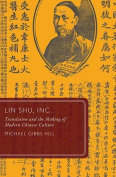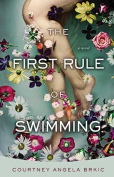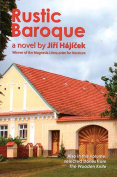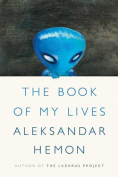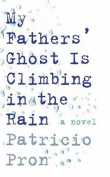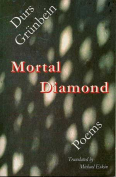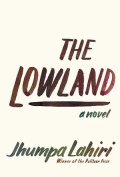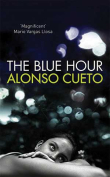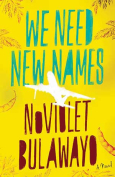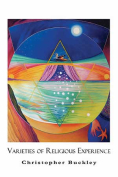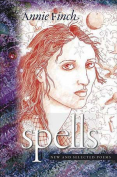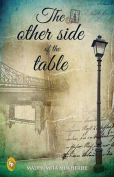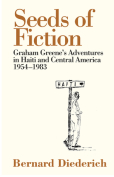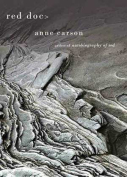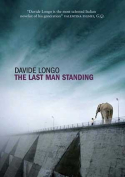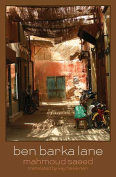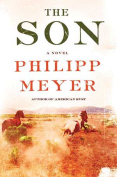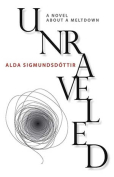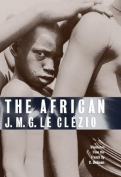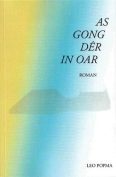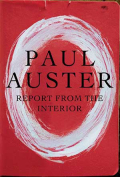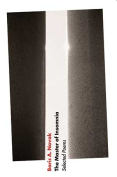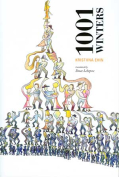Lin Shu, Inc.: Translation and the Making of Modern Chinese Culture by Michael Gibbs Hill
 Oxford, England. Oxford University Press. 2013. ISBN 9780199892884
Oxford, England. Oxford University Press. 2013. ISBN 9780199892884
Lin Shu, Inc. offers a multifaceted study of the translation practices of Lin Shu and his collaborators in late Qing and early Republican China. Situating these translation efforts within the social and cultural context of China at the turn of the twentieth century, Michael Gibbs Hill’s book convincingly shows how Lin was not just a commercially successful translator of popular romance but also an active shaper of modern Chinese culture. By examining Lin’s translations of nonromance works together with compilations of classical Chinese anthologies, Hill’s book explores how traditional literati continually reinvented their roles to maximize their cultural capital in the midst of rapid social change and cultural transformation.
This eight-chapter book begins with an introduction to the rationale behind Hill’s placing Lin Shu within the “serious” cultural debates and intellectual discourse of modern China. The second chapter discusses Lin’s use of guwen (an ancient style of prose) as a medium for translation. The third chapter then examines how Lin used guwen to mediate Western sociopolitical concepts and how he extended Liang Qichao’s discourse on “new fiction” through his rendering of Uncle Tom’s Cabin and Aesop’s Fables. The fourth chapter investigates Lin’s (and Wei Yi’s) translations of two Charles Dickens novels; it demonstrates the limits of cultural adaptation Lin encountered as he strove to re-create the verisimilitude in Dickens’s work in the context of late Qing China. Chapter 5 analyzes how Lin revived traditionalism through his translation of Washington Irving’s The Sketch Book and other essays.
The final two chapters look at Lin’s contribution as a textbook writer and editor, with a focus on Lin’s emergence as a “reputable master of ancient-style prose” and his role as an impresario of traditional Chinese culture. Hill argues that Lin’s classicist stance, like the May Fourth intellectuals’ iconoclasm, was a response to the turmoil in Republican politics. Employing Bourdieu’s framework regarding the “field of cultural production,” Hill analyzes how Lin as an “old-style” literatus eventually faded from the central stage of modern Chinese literary and intellectual history following the rise of modern intellectuals around the May Fourth period. He concludes that an interdisciplinary assessment is necessary for studying the changing attitudes toward translation in late Qing and early Republican China.
Hill’s emphasis on the subjectivity and agency of translation and his inclusion of Lin’s understudied writing are commendable. It would have been nice to have had more case studies about Lin’s translated works to more fully underpin the observations in this volume. Also, perhaps inevitably, readers are left with some interesting areas that would benefit from broader elucidation—questions such as “How were Dickens’s concerns for the lower classes grafted onto social fiction in the late Qing period?” and “What were the implications of the decline of Lin Shu, Inc?” come to mind. On balance, though, this context-focused book fulfils Hill’s objective of producing a macro and interdisciplinary analysis of Lin Shu and his intellectual efforts. It is an indispensable companion not only to scholars and students interested in Lin Shu but also to those seeking to broaden their knowledge of modern Chinese literary and intellectual history in general.
Pei-yin Lin
University of Hong Kong
